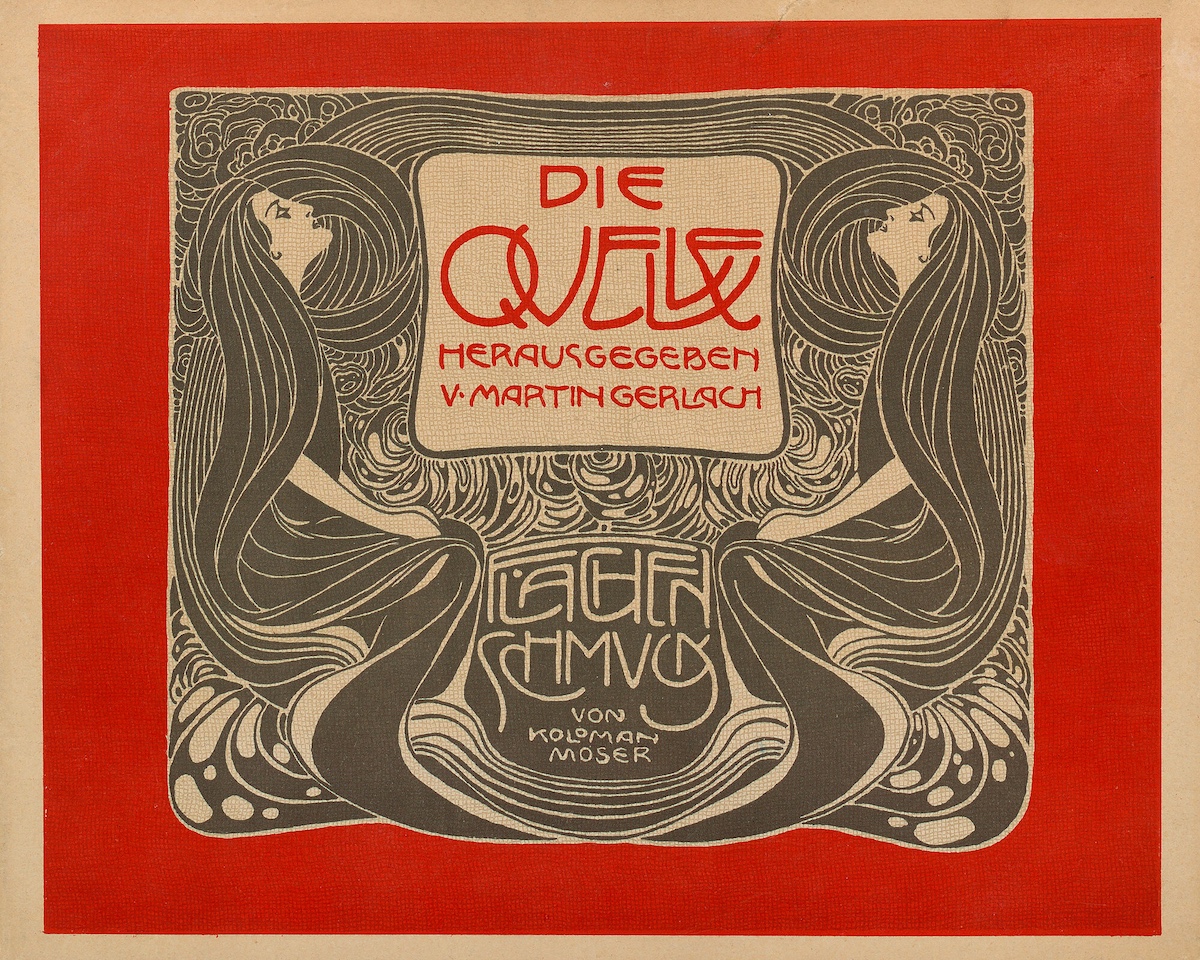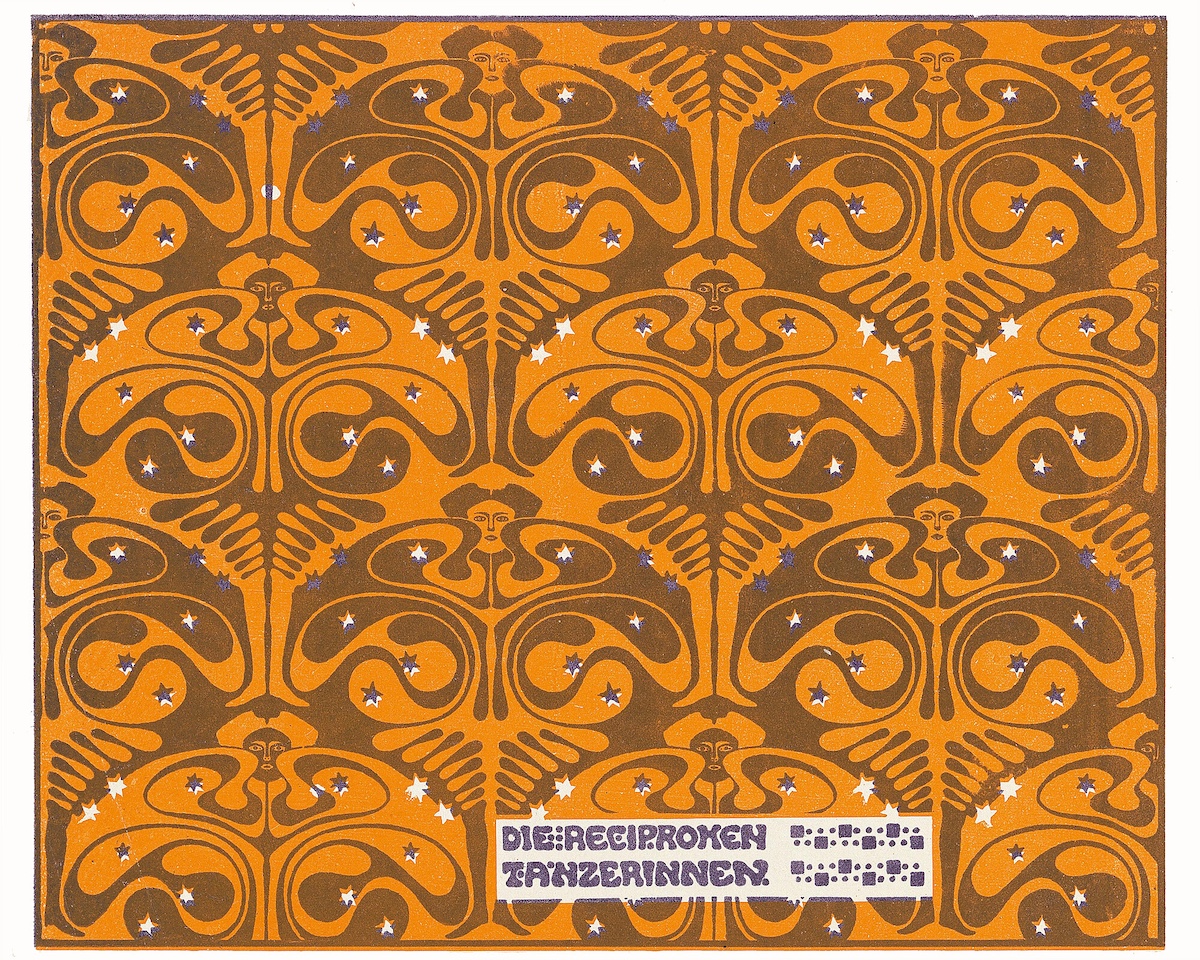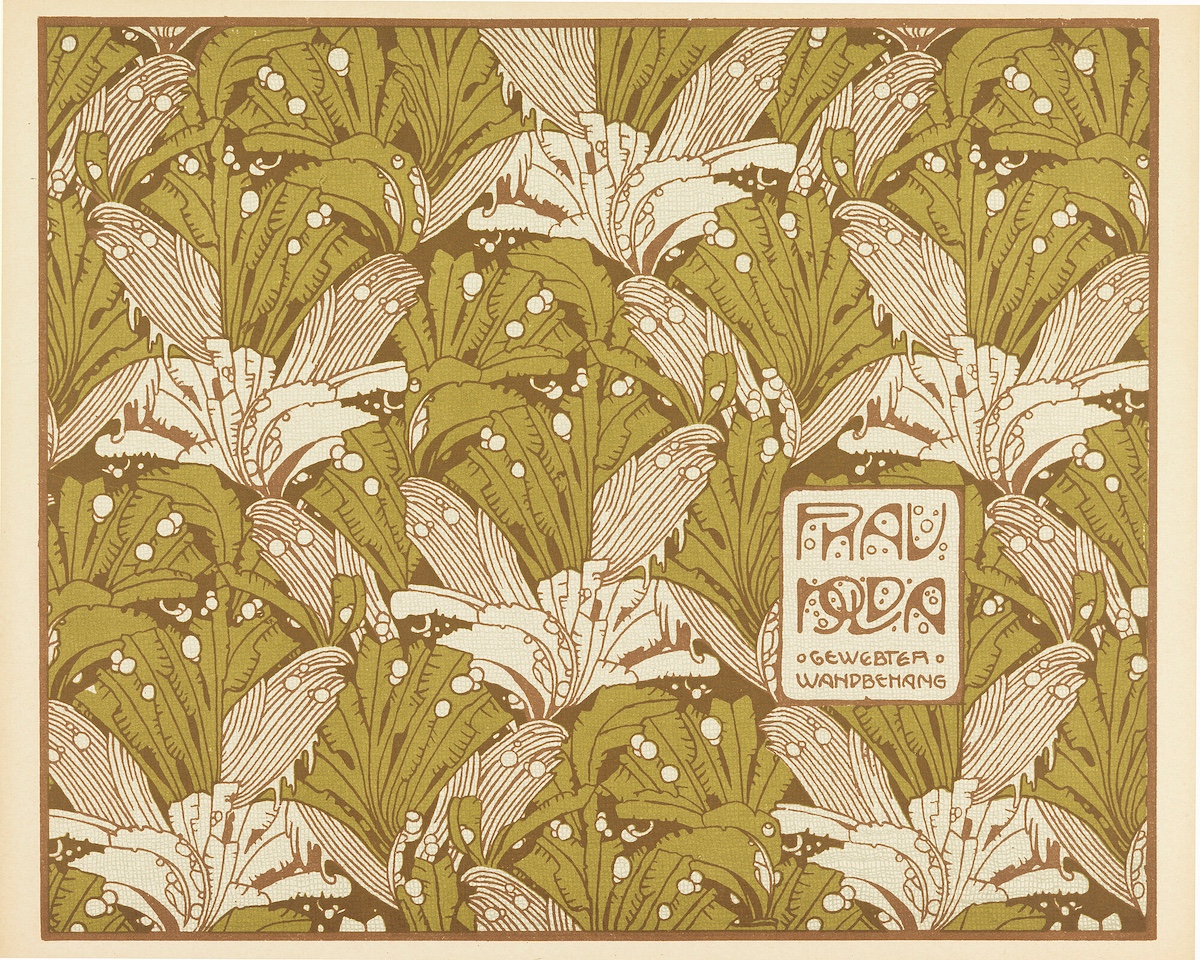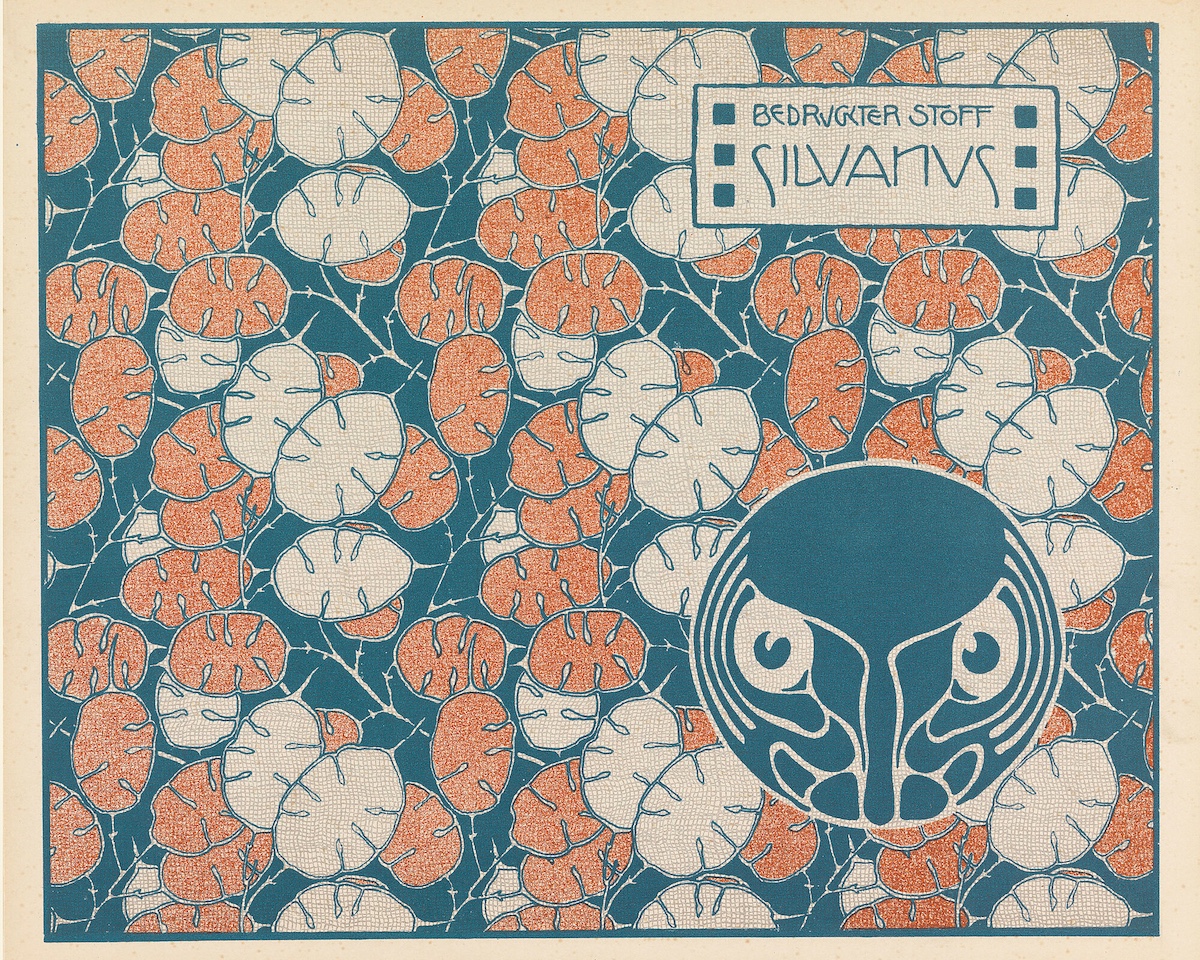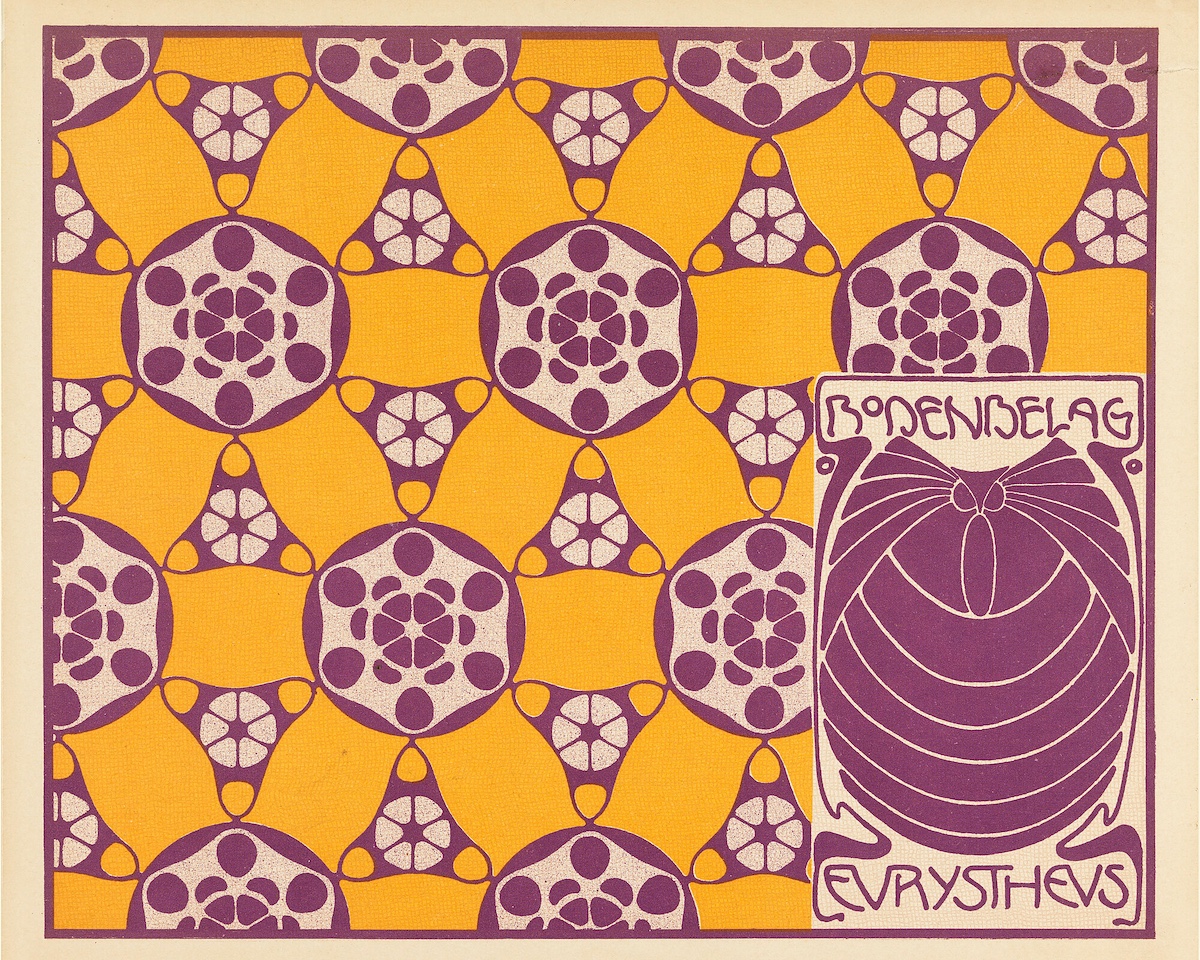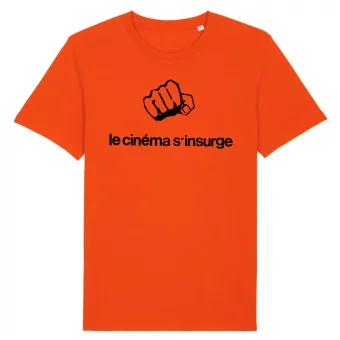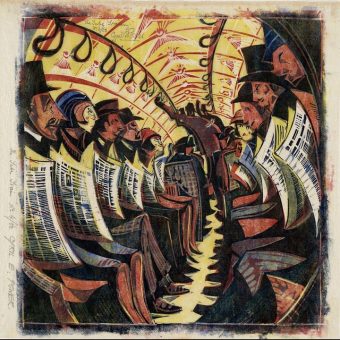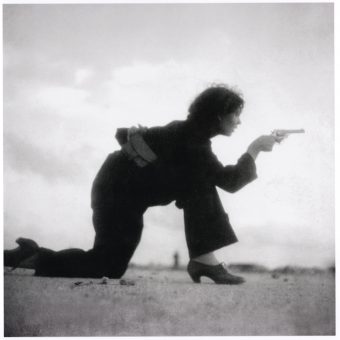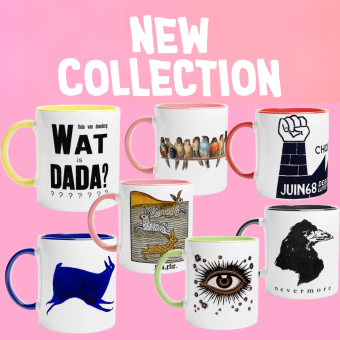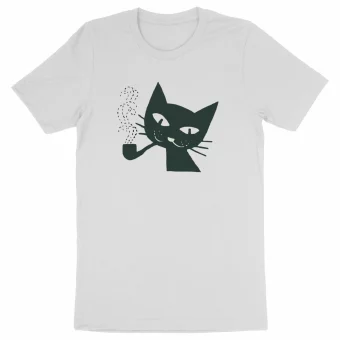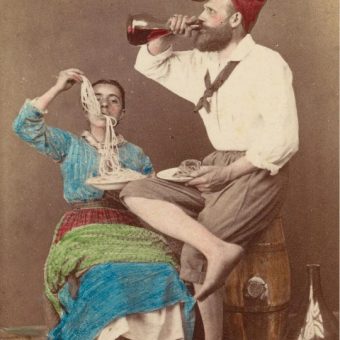Die Quelle (The Source) is a three-volume series of Secession-style graphic design books created in Vienna by Martin Gerlach’s publishing house. It features surface designs by Carl Otto Czeschka (22 October 1878 – 30 July 1960), Max Benirschke (1880–1961) and Koloman Moser (30 March 1868 – 18 October 1918). These volumes provide colour and gilt designs for books covers, textiles, wall papers, floors, upholstery and other decorative materials.
Moser’s Volume 3 is arguably the best of the bunch, showing as it does his daring and talent that led to his founding the brilliant Wiener Werkstätte.
The Three Volumes in Die Quelle are:
Die Quelle Volume 1
Czeschka illustrated the books called Vignetten (vignettes). His 30 plates showed everything from drawings, illustrations, ex-libris to menu designs in black-and-white and colour.
Die Quelle Volume 2
Buchschmuck (book decorations) featured the work of Max Bernirchke (May 7, 1880 – September 28, 1961) who studied under Josef Hoffmann (co-founder of the Wiener Werkstätte (the Vienna Workshops)) and would later have a leading role in the journal Die Flache (The Surface), a Viennese graphic arts periodical published in two volumes. Bernirchke’s curvilinear plant motifs are quintessential Jugendstil (and show the strong influence of Belgian and French art nouveau styles.
Die Quelle Volume 3
Koloman Moser’s Flächenschmuck (planar ornamentation) is made of 30 plates blends type-design and ornamentation for flat surfaces, such as tapestries, wallpaper and fabrics.
Each colour plate was accompanied by a subtle grey pattern on the reverse side. Moser had, completed many of the book’s designs for the 4th Secession exhibition in 1899 and they were subsequently published in the Ver Sacrum issue (Heft 4) devoted to him later that year.
Many of plates reflect Moser’s interest Japanese textile design which he had already begun exploring as early as 1898 when he collaborated with the textile company Johan Backhausen & Söhne, which would later produce nearly all of the Secession and Wiener Werkstätte designs.
As R. Rosenman notes:
As well, we see some the influence of Japanese and Turkish paper marbling techniques which Moser had been teaching to his students at the College of Applied Arts in Vienna. We also see the an early pre-occupation with tesselations and grids in his design for Die Tauusand Raben, Frau Nolda, and Donauwellen Wandekore.
While the influence of art nouveau is very prevalent in Moser’s flower and plant patterns, we also glimpse the beginnings of his move towards geometric abstraction and the emphasis on the square (Wanddecor December and Wandbehag Die Riefezeit). In only a few years, Moser would almost completely abandon the curvilinear style of Art Nouveau seen in Die Quelle and the square would become the central motif of the Wiener Werkstatte.
“Die Quelle” [The Source.] Moser presents sumptuous decorations for flat surfaces, such as tapestries, wallpaper and fabrics. “This variation on the total work of art concept is a splendid collections of pattern designs . . . Reflecting his interest in the graphic theories of Rudolf von Larisch, Moser plays with fore- and background space through the juxtaposition of form, color and pattern. The result is spatial tension that verges on optical illusion. Inspired by Japanese prints, Moser also superimposed square or rectangular insets on the patterns that identify the name of the design and its suggested use”
– Design, Vienna, 1890s-1930s, by Joann Skrypzak and Barbara Copeland Buenger. Elvehjem Museum of Art, Madison, 2003.
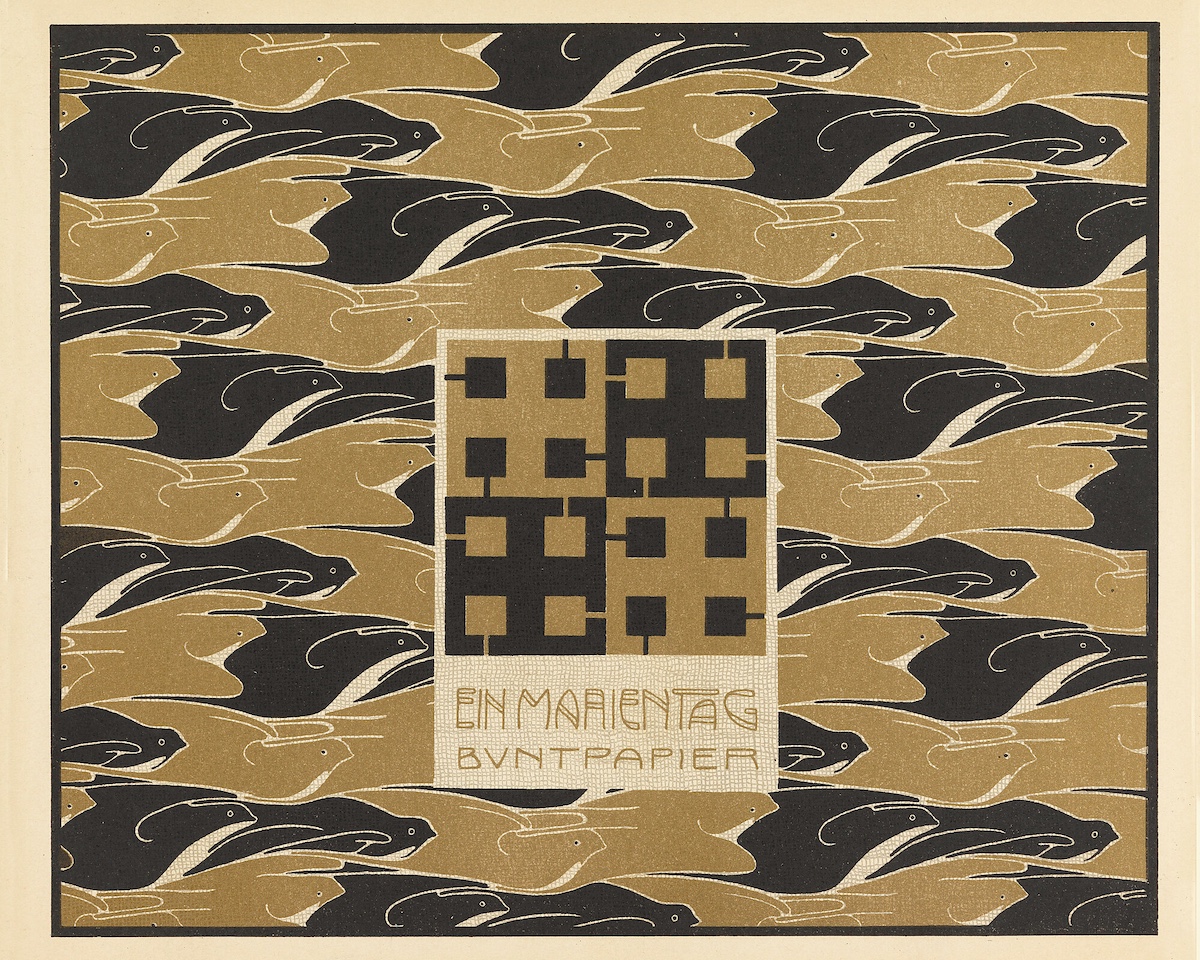
Plate 22 by Koloman Moser, 1901 – buy the print
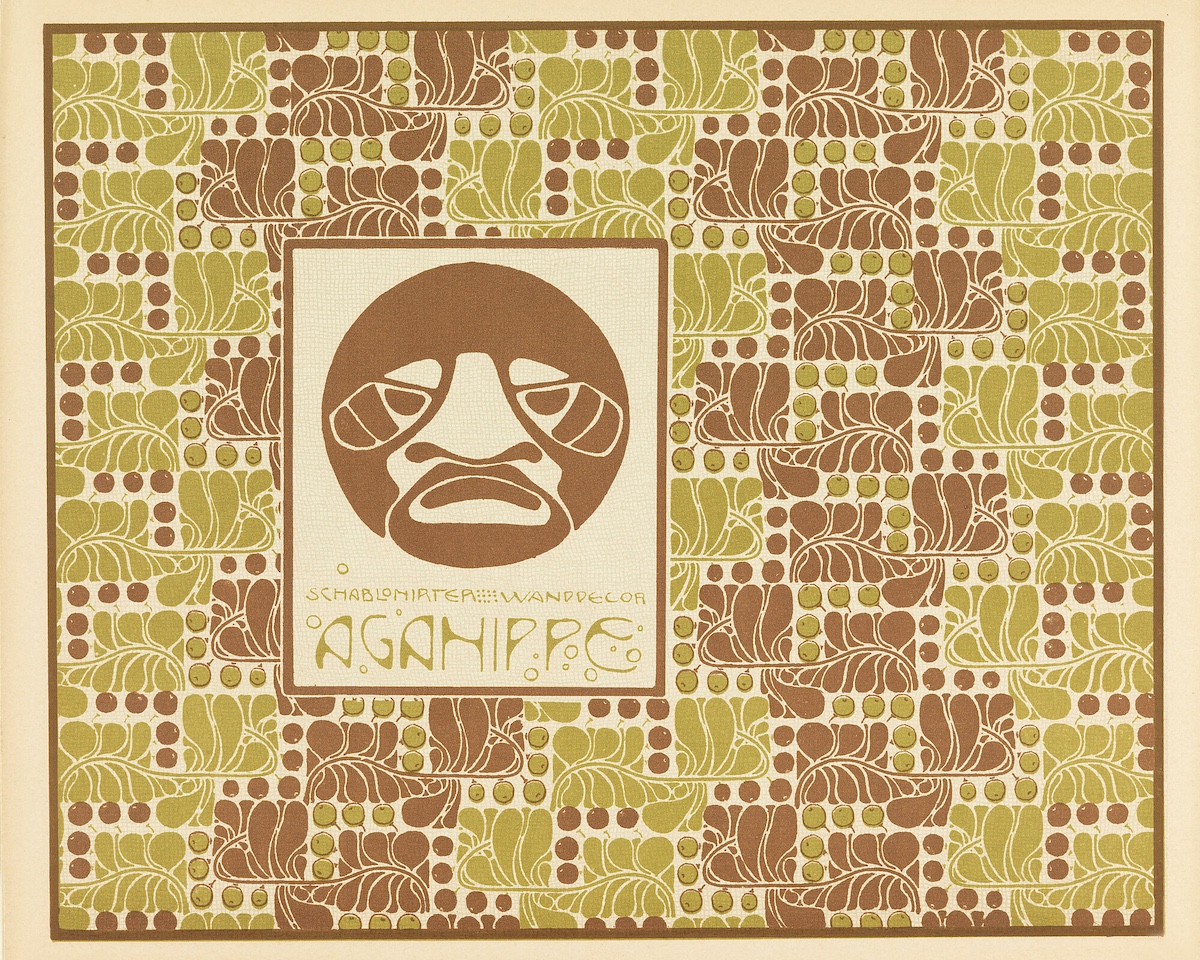
Plate 19. by Koloman Moser, 1901
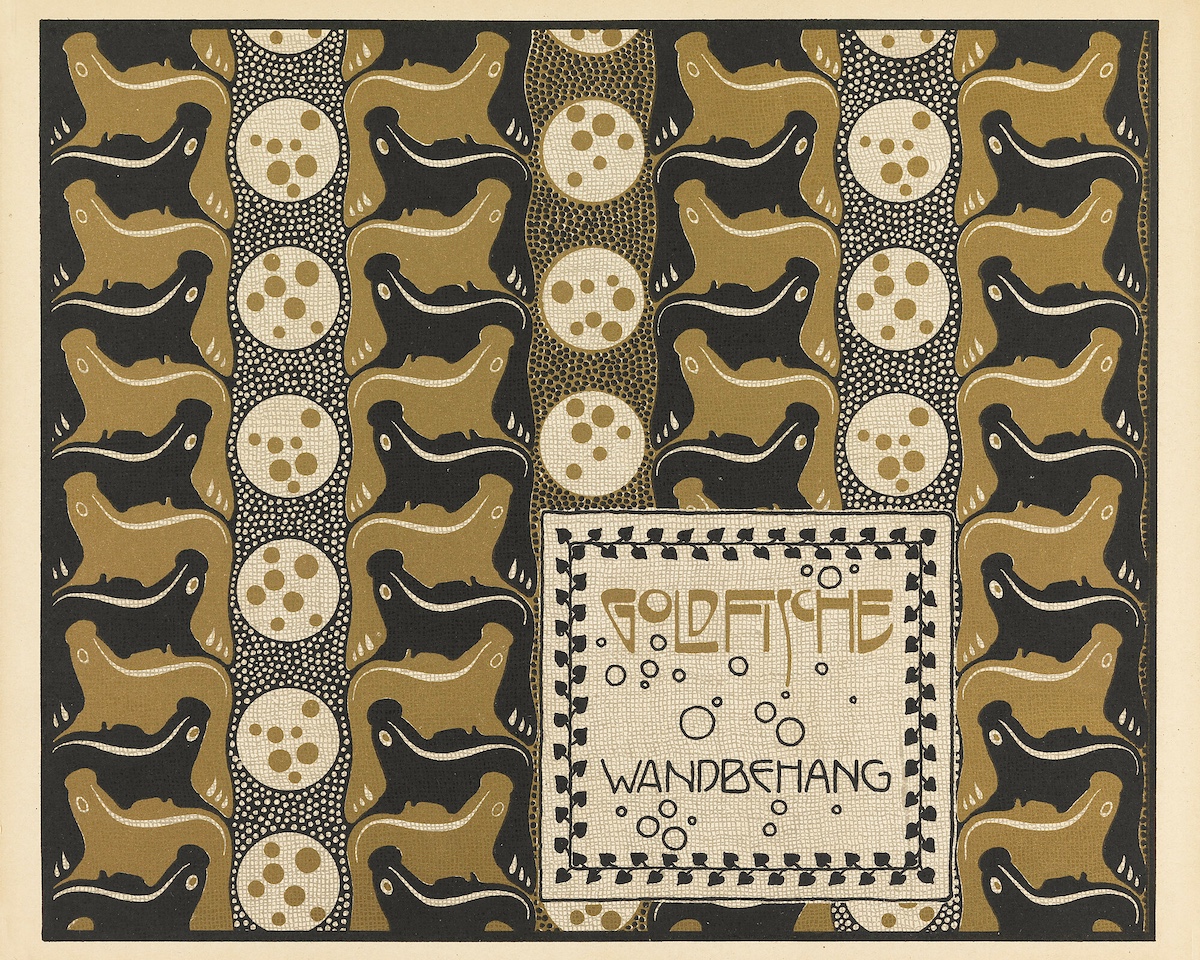
Plate 17 by Koloman Moser, 1901
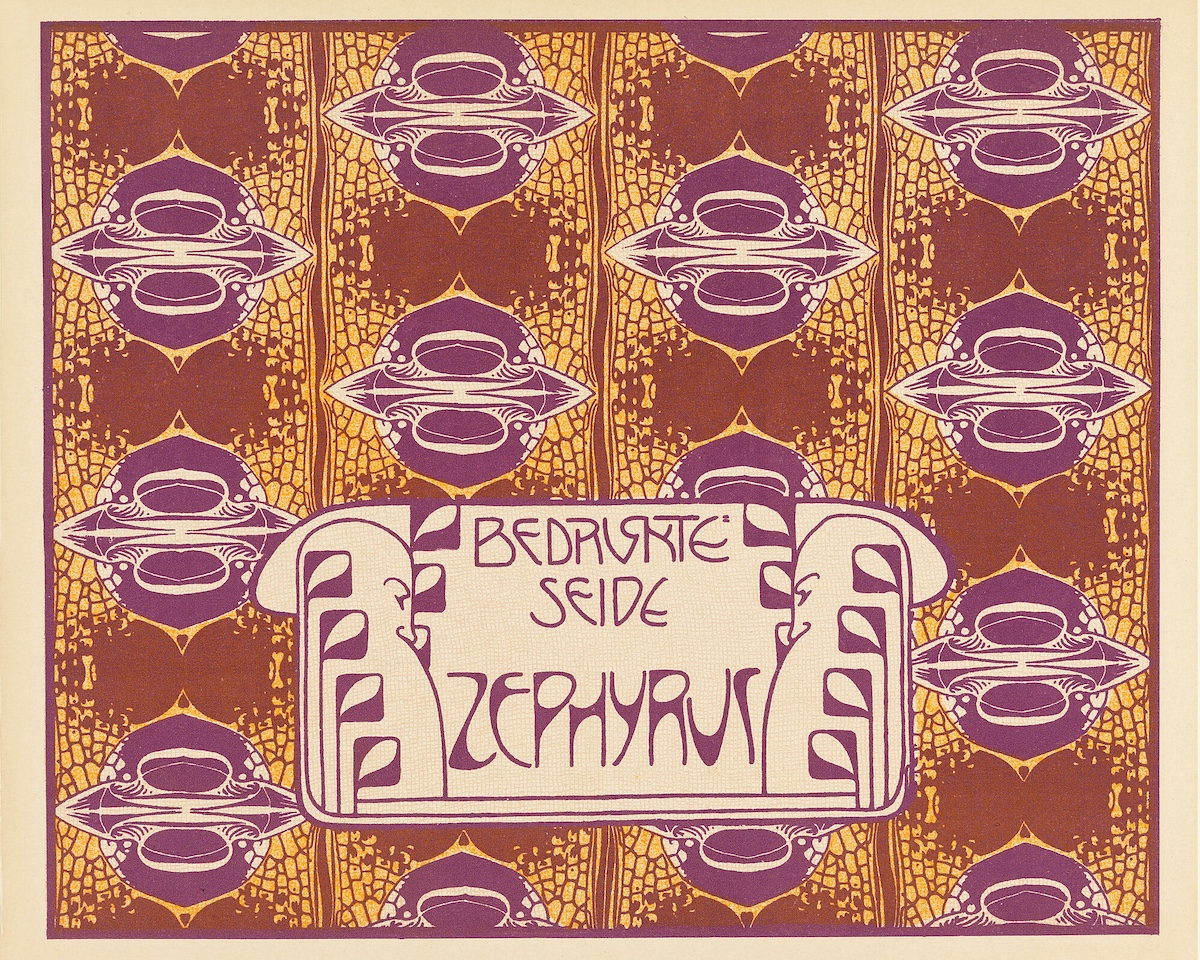
Plate 10 by Koloman Moser, 1901 – buy the print
You can buy prints of these images and more work by the great Koloman Moser in the shop.
Via: Vienna Secession,
Would you like to support Flashbak?
Please consider making a donation to our site. We don't want to rely on ads to bring you the best of visual culture. You can also support us by signing up to our Mailing List. And you can also follow us on Facebook, Instagram and Twitter. For great art and culture delivered to your door, visit our shop.
